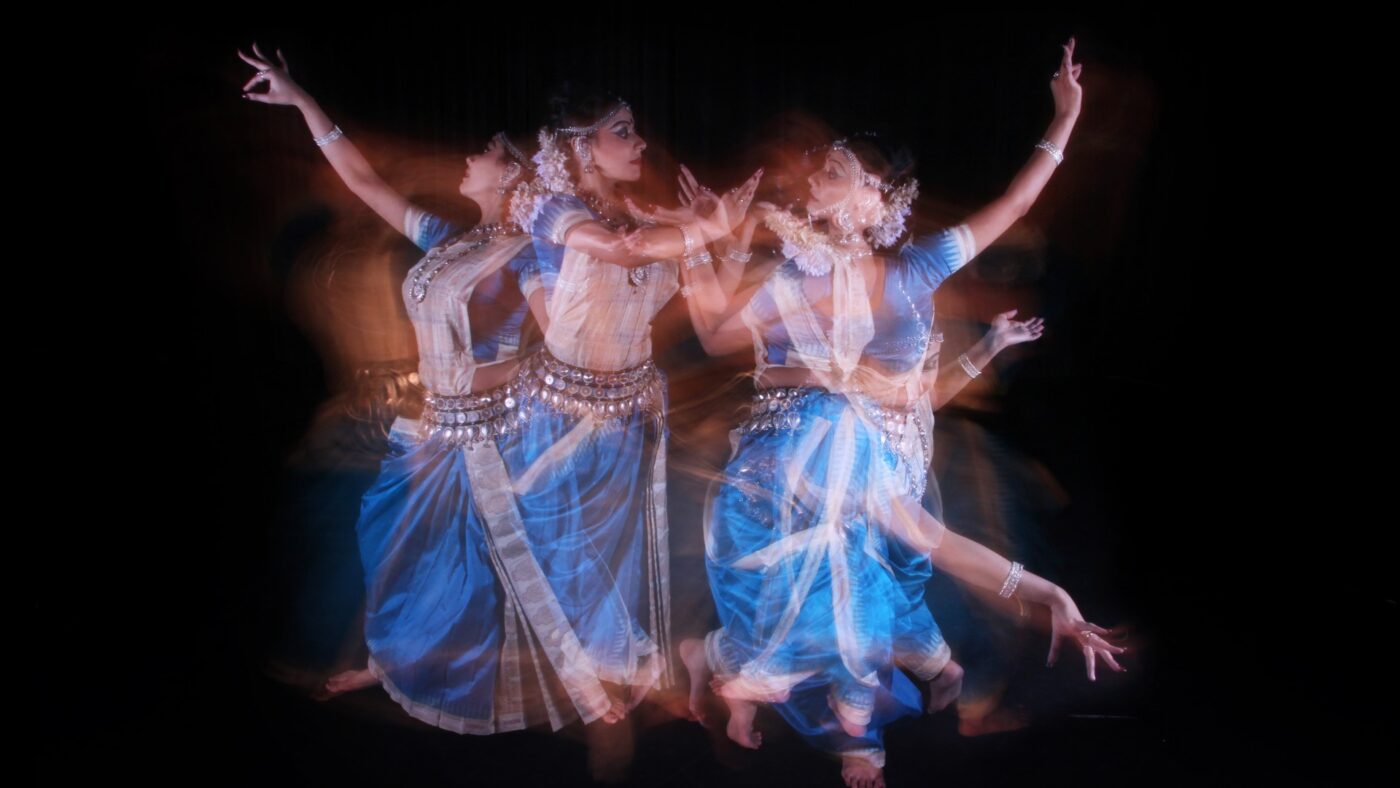As an academic and an Odissi performer and teacher, Kaustavi Sarkar uses the classical dance form to explore diverse ways of being and thinking.
October 2021

Kaustavi Sarkar is an assistant professor of dance at the University of North Carolina at Charlotte. Photograph by Jess Cavender
For Kaustavi Sarkar, Odissi is more than an Indian classical dance form. It’s also a pathway to research across the fields of South Asian dance studies, practice-as-research, arts entrepreneurship and digital humanities embedded in critical cultural theory.
Sarkar was first introduced to critical cultural theory and queer theory as a graduate student at Ohio State University. “I found it interesting to think through the distributed embodiment and subjectivity in the contexts of Indian arts alongside the queer resonances of sexuality,” she says. Her experiences as an academic in the United States has sharpened her skill and craft and enabled her to have meaningful dialogues across conventional formats like the university system and the unconventional forms of training like the guru-shishya parampara (teacher-student tradition), which is the backbone of teaching classical performing art in India. “I value my embodied learning more,” she says, “because of the tools of critical thinking that academia has taught me.”
“I believe Odissi offers multi-layered communication. At one level, my work can be viewed as traditional but at the same time it can be viewed as feminist/queer,” she says. “For example, instead of showing a typical male-female union, I use male only, or female only, or even alternate between gestures to question heteronormativity. I do this in tasteful and competent ways so that they pass through the scrutiny of aesthetic sensibilities and sensitivities of classical Indian artistes.”
Sarkar’s work is deeply rooted in critical and unconventional interpretations, be it in tweaking gestures to insert radical ways of being or in thinking. For instance, her upcoming work, “Equanimity and Equality,” dramatized by Guru Aruna Mohanty and scripted by liberal thinker Kedar Mishra Sama weaves in casteism and racism in the same breath.
As an assistant professor of dance at the University of North Carolina at Charlotte, Sarkar pursues dual careers as an academic and an Odissi performer and teacher. “My teaching in academia in the United States gives me the opportunity to introduce a curvilinear aesthetic to students who are far removed from this way of life, philosophy and culture,” she says. Sarkar experiments with different ways of how she can introduce content to students. “Sometimes I take a rhythmic approach. Often, I teach from an expressive angle,” she says. “I usually encounter students for one semester. I can only teach the tip of the iceberg of the vast Indian classical dance arena. So, I balance out depth and breadth.”
Sarkar says the reactions of the students are mixed. “The form is very hard for the students. It feels alien to their minds and bodies. The discipline is sometimes overbearing and oppressive,” she says. However, she continues to work on honing her teaching skills while working with different sets of students.
Sarkar is also the artistic director of the India-based organization Kaustavi Movement Center, which is dedicated to feminist, queer and transnational issues pertaining to Indian classical dance. “Its principal activities are building a liaison between India and the U.S. in helping me organize and curate,” says Sarkar, adding that she believes in empowering artists and arts. She does this through curating artworks.
Ranjita Biswas is a Kolkata-based journalist. She also translates fiction and writes short stories.
COMMENTS